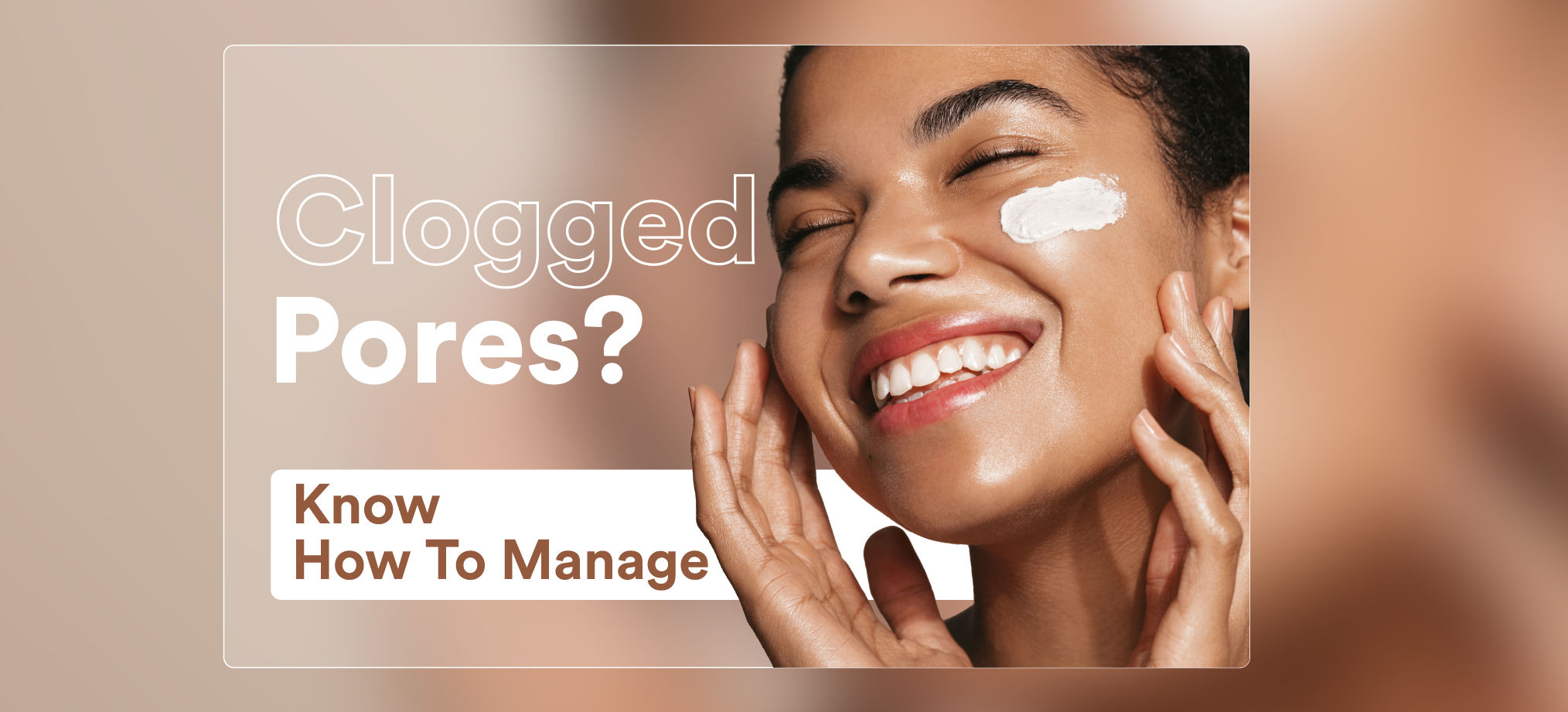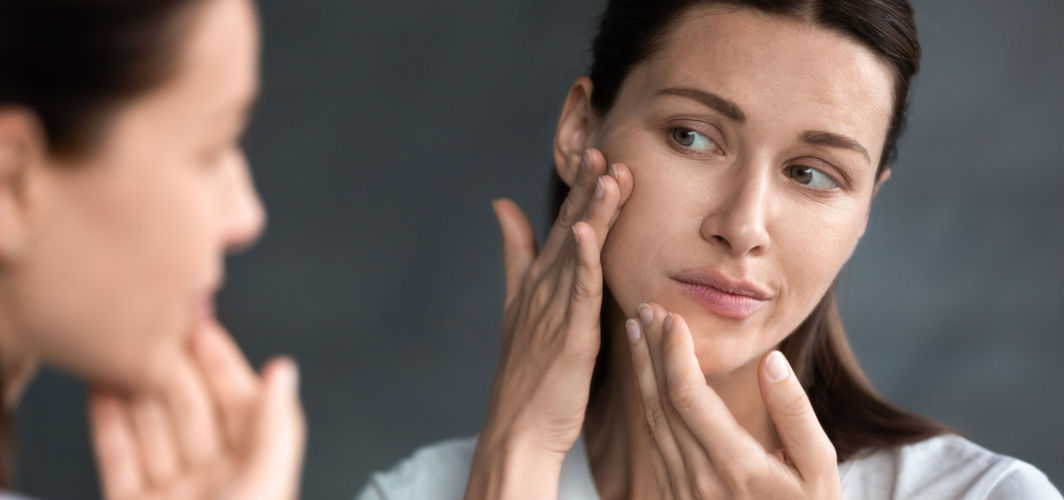Skin Care
Skin Rashes: Know When to Contact a Doctor
4 min read
By Apollo 24/7, Published on - 09 August 2021, Updated on - 29 June 2023
Share this article
0
31 likes

A rash is usually a reaction that appears on the skin due to a variety of factors such as infections, allergies, temperature change, immune system disorders, and medications. Rashes, medically termed dermatitis, can appear as moist, dry, smooth, raised, cracked or blistered patches on the skin which may change colours. A rash can either be localised or cover a large area of the skin. There are several types of skin rashes and most of them are not serious. However, some skin rashes could indicate a complication and may require immediate medical attention.
Different types of rashes
There are different types of rashes but the most common ones include:
- Atopic dermatitis: Also known as eczema, atopic dermatitis results in dry, sensitive skin with red itchy patches. The flare-ups of eczema can result in red, scaly, thick, cracked, oozed, and painful skin. These rashes usually appear on the hands, feet, neck, upper chest, eyelids, and inside the bend of the elbows and knees.
- Contact dermatitis: It usually occurs when the skin comes in contact with an allergen such as poisonous plants (poison ivy) or chemicals (latex or rubber). The symptoms of contact dermatitis include red, inflamed, itchy, and burning rashes or blisters.
- Seborrheic dermatitis: Seborrheic dermatitis can result in red, dry, flaky, and itchy skin on the scalp, ears, eyebrows, armpits, upper back, and genitals. The patches on the scalp and face may appear greasy. It may also appear as a thick, greasy layer of scale covering the entire scalp of an infant, which is known as a cradle cap.
- Drug rash: Drug rashes are the reaction of the body after taking certain medications. The rashes can range from mild to life-threatening and may appear immediately or a few weeks after taking the first dose of the medicines.
- Diaper dermatitis: Diaper rash appears on the baby’s skin that has been covered by a diaper. Prolonged wetness and movement of the baby can result in this type of rash.
- Hives: Also known as urticaria, hives are itchy, raised, red or pink-coloured welts that may sting or pain. Hives usually appear as a reaction to a medicine, food or an irritant in the environment.
What causes skin rashes?
Skin rashes usually occur due to genetic, environmental, and immunological triggers. Some of the common causes of skin rashes include:
- Hyperactivity of the immune system
- Family history of dermatitis
- Allergy to certain medications
- Excessive exposure to tobacco smoke and polluted air
- Lack of moisture in the skin
- Direct and extreme exposure to the sun
- Using fragrant skin and bath products
- Exposure to chemicals and other irritants such as fluoride in water or toothpaste
- Lack of proper sleep
- Stress and anxiety.
How to manage rashes at home?
Measures that may help manage mild and localised rashes at home include:
- Use mild and non-scented soaps to prevent skin irritation.
- Instead of using hot water for bathing or washing, use warm or lukewarm water.
- Avoid rubbing or scratching the rash to prevent infection.
- If the rash is dry, apply non-fragrant moisturizers to prevent cracking.
- Do not cover the rash with a band-aid or bandage.
- Keep the rash covered or use sunscreen before going out in the sunlight.
- Avoid using any new cosmetic products without consulting the dermatologist.
- Use calamine lotion to relieve the burning and stinging sensation of the rashes.
When to contact the doctor?
Though most rashes are not serious, some rashes may indicate an underlying medical issue. Signs that indicate the need to visit a dermatologist include:
- The rapid spread of the rash
- Spread of the rash all over the body
- Extremely itchy and painful rash
- Fever with the rash
- The rash turns into a blister or open sores
- Rash affecting the skin around the eyes, mouth, or genitals.
Conclusion
Skin rash is a visible change in the appearance of the skin due to various underlying conditions such as allergies, sun exposure, infections or drug reactions. Self-care habits such as using fragrance-free, mild soaps, applying moisturising creams or lotions, and using medicated creams and ointments can help in easing the discomfort caused by the rash. One must consult a dermatologist if the rash starts spreading rapidly and if it is accompanied by a fever.
Skin Care
Leave Comment
Recommended for you

Skin Care
Having Clogged Pores? Know What Causes Them and How To Prevent Them
Concerned by clogged pores? Learn about the common causes of clogged pores and the best ways to prevent and clean them.

Skin Care
5 Tips for Taking Care of Your Lips
Learn how to keep your lips healthy and moisturised with these 5 simple tips. From sun protection to proper hydration, discover the secrets to maintaining soft and supple lips.

Skin Care
Your Skin Can Indicate Rise In Cholesterol! Know How
Your dermatologist can recognise signs of high cholesterol in your body by looking at your skin and nails. Read on to know the different signs of high cholesterol on the skin.
Subscribe
Sign up for our free Health Library Daily Newsletter
Get doctor-approved health tips, news, and more.
Recommended for you

Skin Care
Having Clogged Pores? Know What Causes Them and How To Prevent Them
Concerned by clogged pores? Learn about the common causes of clogged pores and the best ways to prevent and clean them.

Skin Care
5 Tips for Taking Care of Your Lips
Learn how to keep your lips healthy and moisturised with these 5 simple tips. From sun protection to proper hydration, discover the secrets to maintaining soft and supple lips.

Skin Care
Your Skin Can Indicate Rise In Cholesterol! Know How
Your dermatologist can recognise signs of high cholesterol in your body by looking at your skin and nails. Read on to know the different signs of high cholesterol on the skin.